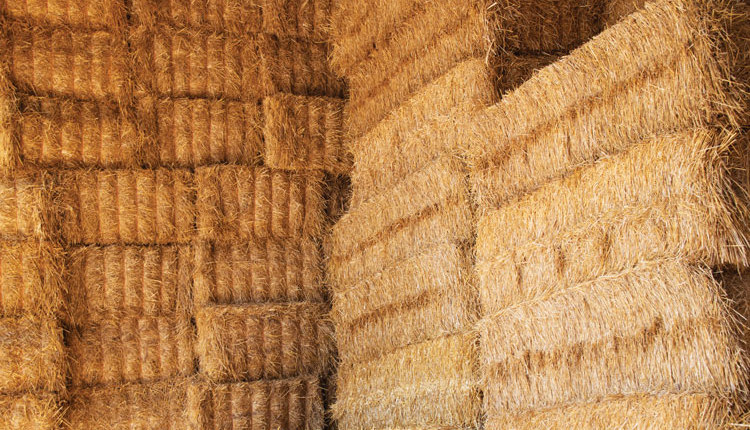"Negative 500 and positive 500 average out to 0. Genomics enables you to look for the inferior calves that can pull your average down and move your progress backward," noted Pat Hoffman, a dairy replacement management specialist with the University of Wisconsin-Madison, at a meeting focused on raising quality dairy heifers.
"Without genomics," added Hoffman, "the reliability on your heifer is zero for heifers without pedigree information." For heifers, the most practical time to implement the technology is prior to breeding. Providing an accuracy of 65 to 70 percent, genomics can assist you in defining a calf's future milk production along with a variety of other traits. Solely based on parentage, assuming this information is accurate, future production estimates are around 25 percent.
Genomics provides an opportunity to selectively mate heifers based on these traits at first breeding. "If a heifer is predicted to underperform on a trait such as fat production, you can correctively mate to improve this trait in her offspring at first breeding," noted Hoffman. "It's like having a bull proof, or detailed forage report on your heifer."
Using the technology enables you to make genetic progress in your herd at a more rapid rate. Genomic results provide an opportunity to move the bottom end off for a particular trait; it keeps you from taking the herd averages backwards. "When you have genomic information, it changes how you look at heifers in a pen," added Hoffman.
It provides information on which heifers will perform in the future and allows you to evaluate whether you should continue investing capital in a calf or not. From a practical standpoint, Hoffman recommended testing calves earlier rather than later. "Having results earlier, well before her first breeding, gives you more time to make decisions; to decide how long she will be in your heifer program.
"Genomic testing doesn't come without a cost," notes Hoffman. "Users must aggressively enhance female selection to recover the testing cost. You can't test all the animals in your herd and do little to nothing with the information."
Hoffman's final thoughts on the topic were:
- Genomics do require additional labor and management
- Calves will keep coming and you have to keep up
- The technology is best suited for prospering herds with an excess heifer supply
- With A.I., average genetic improvement is 166 pounds of milk per year. What is the potential with genomics?
Finally, he recommended producers think about these two questions before implementing the technology:
- Where will I be in 10 years?
- Where will the leaders in the industry be in 10 years?









